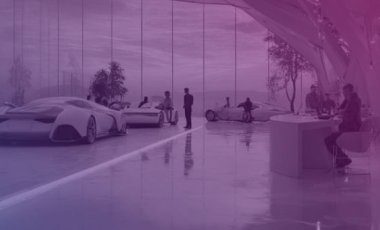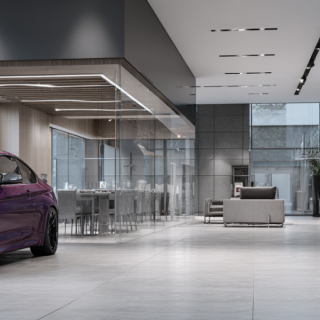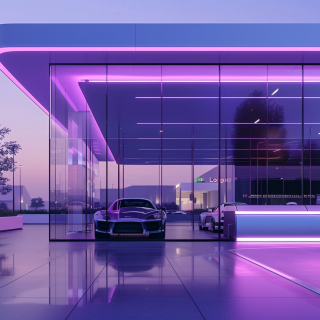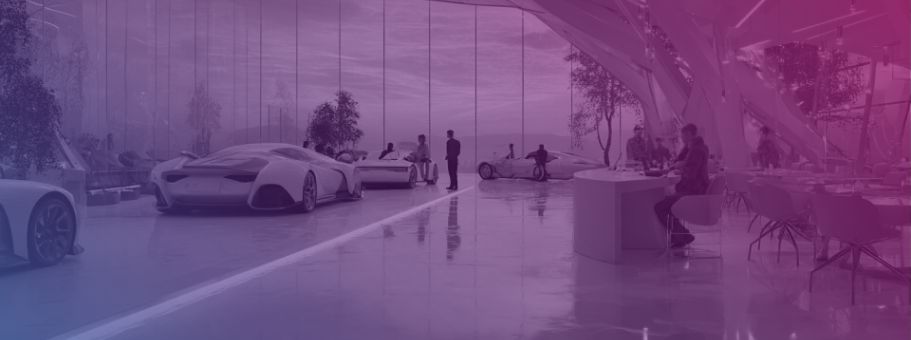
BDC 2.0: Customer service redesigned in the modern dealership
The challenge: Customer service in a state of transformation
The classic image of a business development center (BDC) in a car dealership is still firmly anchored in many people's minds: an open-plan office with employees sitting close together, making phone calls at a rapid pace, arranging customer appointments, or taking service requests. In the public perception, this sometimes resembles a traditional call center rather than a strategic component of modern customer relations. But reality is changing, and with it the requirements for the structure, organization, and culture of a BDC.

Today, car dealerships are faced with the task of making customer service not only efficient, but also personal and digital. Traditional BDC structures quickly reach their limits. Digitalization in car dealerships is changing not only communication, but also expectations: Customers want quick answers, flexible contact options, and a consistent experience – both online and offline. Car dealerships must ask themselves: How can I make my customer service at the dealership fit for the future?
Our solution: Tailor-made BDC structures for your modern dealership
rpc develops individual concepts for business development centers that are tailored to the car dealership, its employees, and customer expectations. Whether centrally organized, decentralized, or a hybrid structure with home office components, we create structures that combine customer service, efficiency, and employee satisfaction.
What makes BDC 2.0 special?
Digital integration
dealership crm systems enable seamless documentation and tracking of all customer contacts.
Flexible working models
home office and part-time solutions make your car dealership more attractive to new talent.
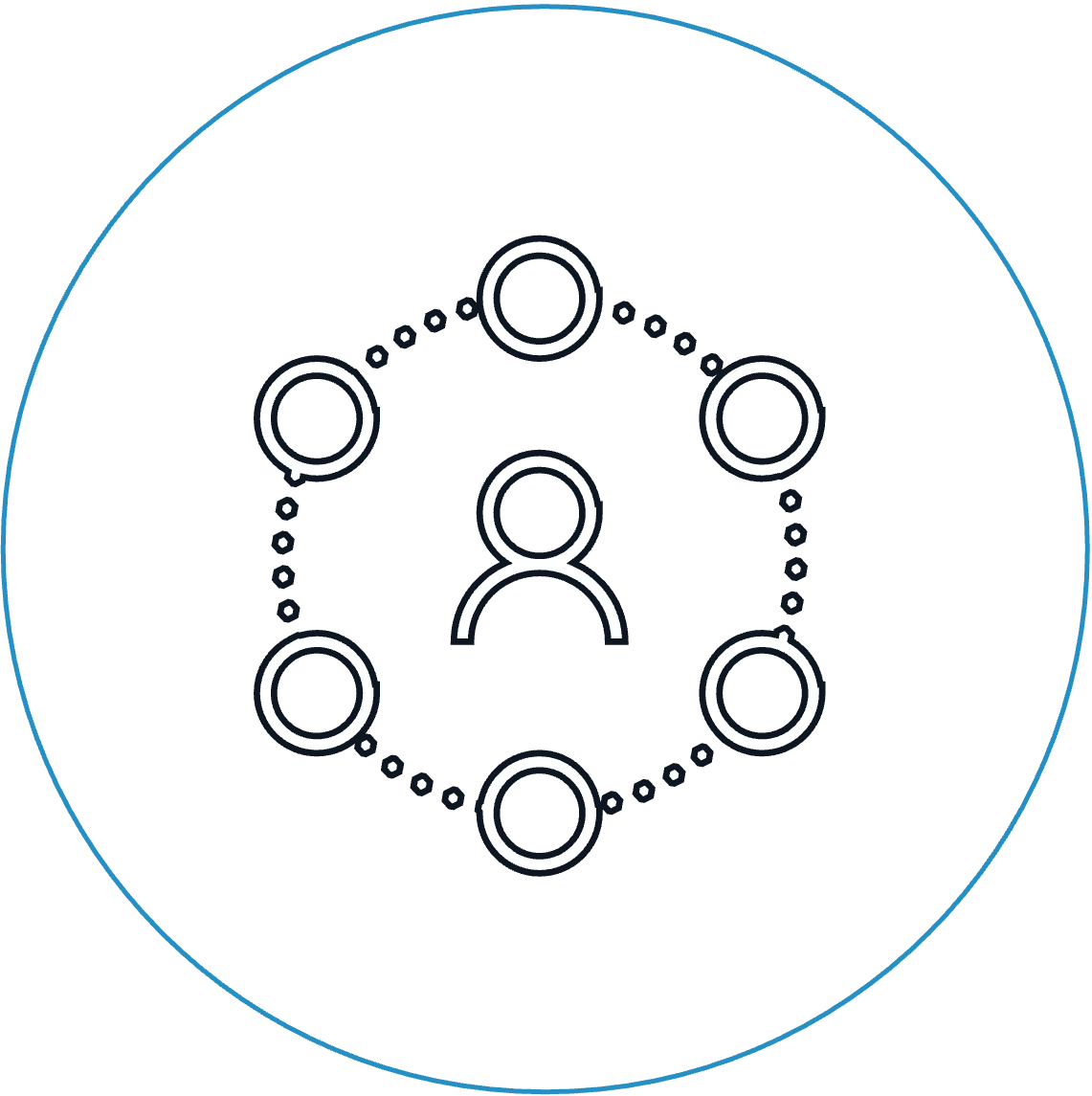
Hybrid organization
Combination of central control and local proximity for maximum customer loyalty.
Proactive & omnichannel communication
From lead management to appointment scheduling, the BDC acts as an active communication hub.
Centralized, decentralized, or hybrid – what suits your dealership?
Because one thing is clear: There is no “one right model,” only the right one.
Centrally organized
A BDC with a fixed location and clear distribution of tasks can work very efficiently, especially if processes are clearly defined and well-established. It is ideal for small to medium-sized businesses or for groups that prefer tight central control. The advantages: bundled expertise, standardized processes, clear responsibilities, and often less technical coordination effort.
Decentralized organization
This is useful for car dealership groups with multiple locations or complex regional market responsibilities. Existing staff on site are actively involved, and tasks such as scheduling appointments, coordinating test drives, or tracking leads are distributed among several people and networked across locations using digital tools. This maintains customer proximity and makes optimal use of existing expertise.
Hybrid model
The combination of central control and decentralized implementation, supplemented by home office components, offers maximum flexibility. Many tasks in the BDC do not require physical presence in the dealership, but only access to systems, clear processes, and stable communication. This opens up new opportunities for recruiting personnel and enables location-independent collaboration.
The goal: a modern dealership with real added value
A well-structured Business Development Center is more than just an organizational element; it is a strategic lever for growth. With clearly defined goals, digital tools, and a customer-oriented culture, your car dealership will become a pioneer in service quality and efficiency.
Conclusion
The business development center in car dealerships is no longer just a “call center,” but a central component of customer relationship management. However, the path to achieving this is not standardized. There is no need for a blueprint, but rather individual concepts that are tailored to the car dealership, its employees, and customer expectations.
Whether centrally organized, decentralized and networked, or a hybrid structure with home office components, the key is for the BDC to work efficiently, flexibly, and in close proximity to customers. Those who consciously choose this path will not only increase customer satisfaction but also become more attractive as employers—and in times of staff shortages, that is a decisive competitive advantage.
